Innovation Alphabet
Gamification
in a nutshell
Gamification is actually adding a game-like element to make more fun and engaging something that’s not necessarily a game. It’s all about turning a task that might be boring or difficult into a more enjoyable and motivating activity. You can also earn points, badges, and rewards for completing certain actions or challenges. Are you ready to play?
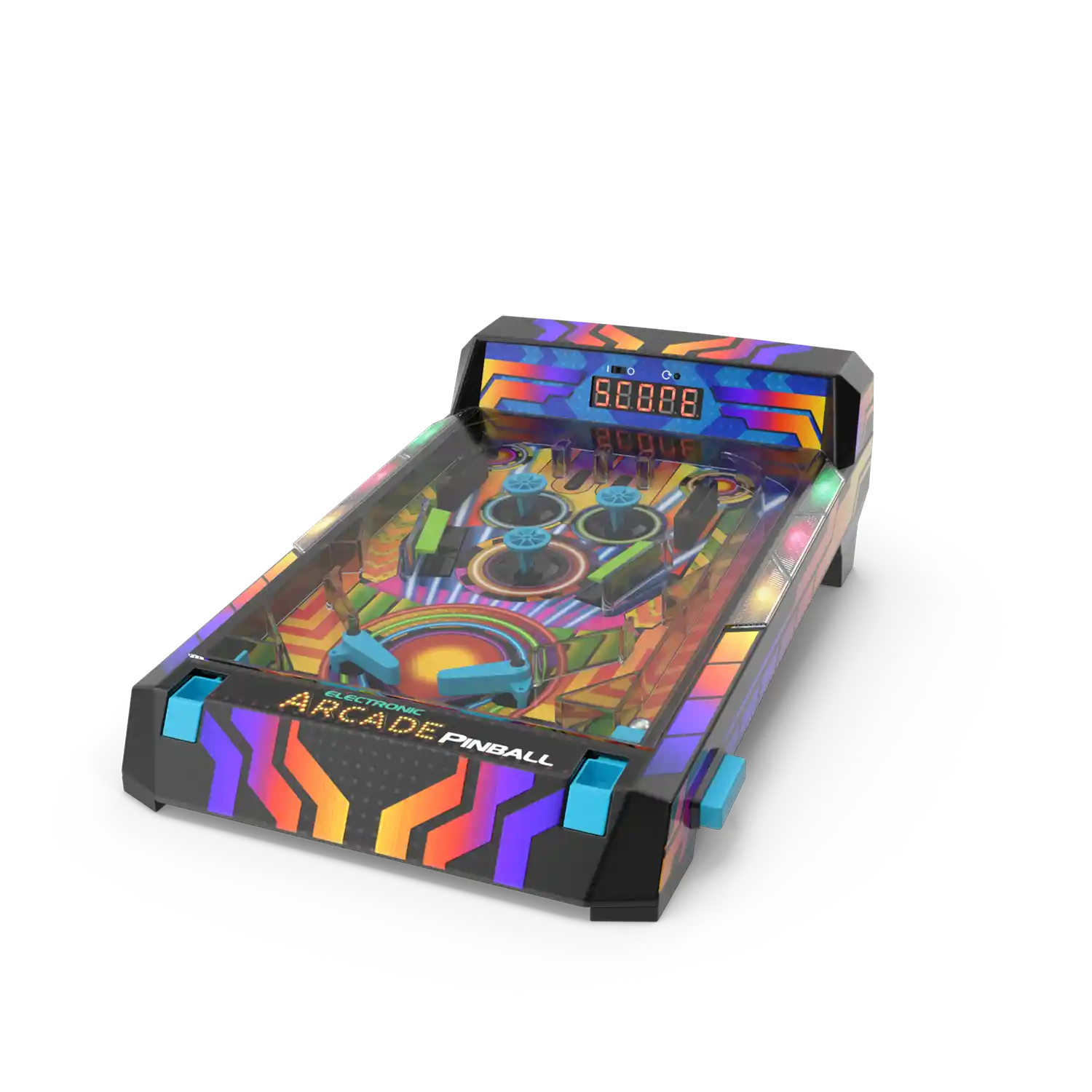

Application Fields
Jane McGonigal is game research director of the Institute for Future and among the leading interpreters of gamification. She stated that this method should not make tasks easy for the people undertaking them. It should make them harder. Played too many video games, you might say. Well, may be. But what she really means is that the more challenging the task, the greater the sense of achievement upon taking it up. Let’s see if you agree with some of these application fields.
• Employee Training: Many companies use gamification to make their employee onboarding programs more engaging and effective. They might use games, quizzes, or simulations to help employees learn new skills, understand company policies, or complete compliance training. I also discuss it in this guide on HR Digital Transformation.
• Marketing: Gamification can be used to create fun experiences while promoting products or services. For example, a company might create a contest that fosters customers to share information about the company on social media or refer friends to the company. Think about the “Starbucks Rewards” program. It allows customers to earn points or “stars” for their purchases, which they can redeem for free drinks or food items.
• Customer Loyalty: Companies can use gamification to encourage customer loyalty by creating loyalty programs that reward customers for repeat purchases or other behaviors, such as leaving a product review or referring a friend. Again, these rewards can then be redeemed for discounts or other perks.
Industries
• Gamification in the Education Industry
Duolingo is a language-learning app that uses a game-like interface to teach users new vocabulary and grammar. It rewards users with points, badges, and progress bars as they complete lessons and advance through the levels. This gamification approach is what helped Duolingo become one of the most popular learning apps in the world.
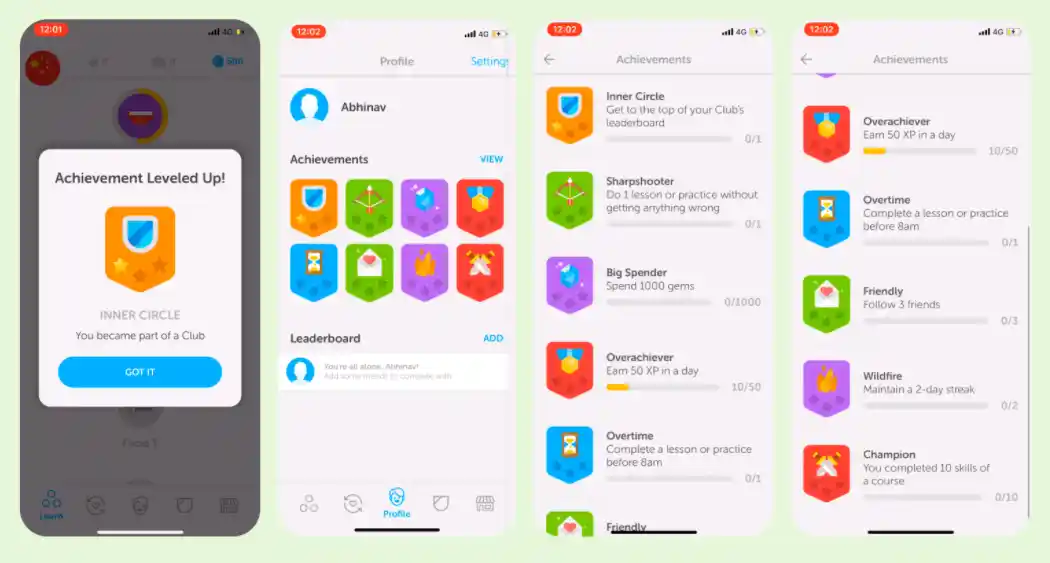
• Gamification in Healthcare
The “Zamzee” program is a gamified activity tracker designed for children which literally boosted kids’ physical activity. The program has been used in schools and pediatric clinics to promote exercise and reduce childhood obesity. It encourages children to be more physically active by rewarding them with points and badges for completing daily challenges and reaching fitness goals.
• Gamification in Finance
Do you have a hard time saving money? The “SaveUp” app is a gamified savings and financial education platform. It rewards users with points and prizes for saving money, paying down debt, and learning about personal finance. Users can then redeem their points for chances to win cash prizes, gift cards, and other rewards. SaveUp has been really successful in motivating people to save more and improve their financial literacy — which is a too-often underestimated milestone.
Business Functions
• Gamification in support of Sales
SalesHood is an all-in-one Sales Enablement Platform that uses game-like elements to engage and motivate sales teams. The platform features interactive sales training modules, quizzes, and challenges, and it rewards sales reps with badges, points, and recognition for completing training and hitting sales targets. The gamification approach has helped many companies like Copado, ActivTrak, and the Sage Group increase sales performance.
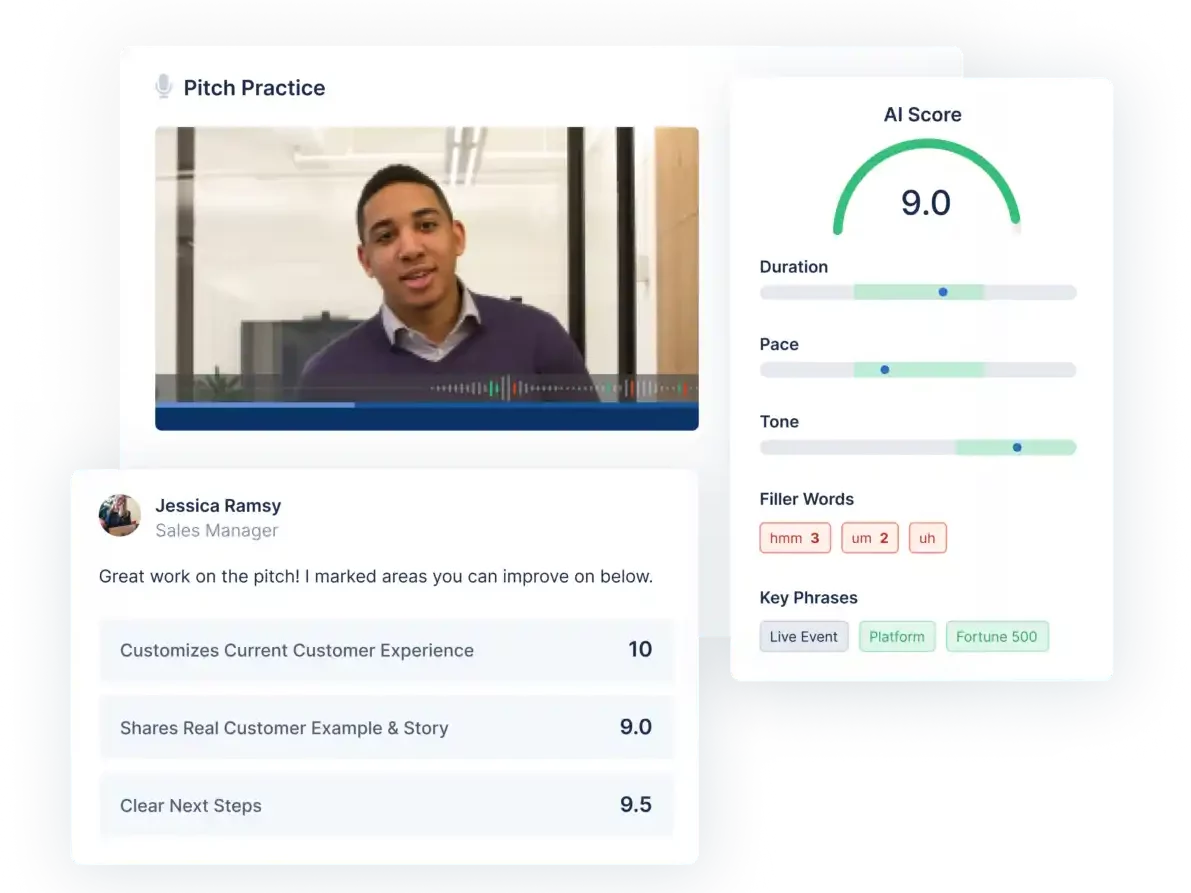
• Gamification in support of Human Resources
Among the many strategies employed by this department, Mya is an AI-powered recruitment chatbot that uses gamification to assess job candidates’ skills and qualifications. The chatbot engages candidates in a series of interactive challenges and simulations that test their abilities and knowledge, rewarding them with points and badges. Due to its effectiveness, the tool was acquired by StepStone GMBh on May 2021.
• Gamification in support of Customer Service
Many companies use the IT service desk software HelpDesk to incentivize customer service reps to provide excellent service. The platform features leaderboards, badges, and rewards for reps who resolve customer issues quickly and effectively. This gamification approach has helped increase customer satisfaction and reduce customer wait times, while also improving employee engagement and motivation.
Stay in wonderland
Let me show you how deep the rabbit hole goes.
Check out more of the Innovation Alphabet:
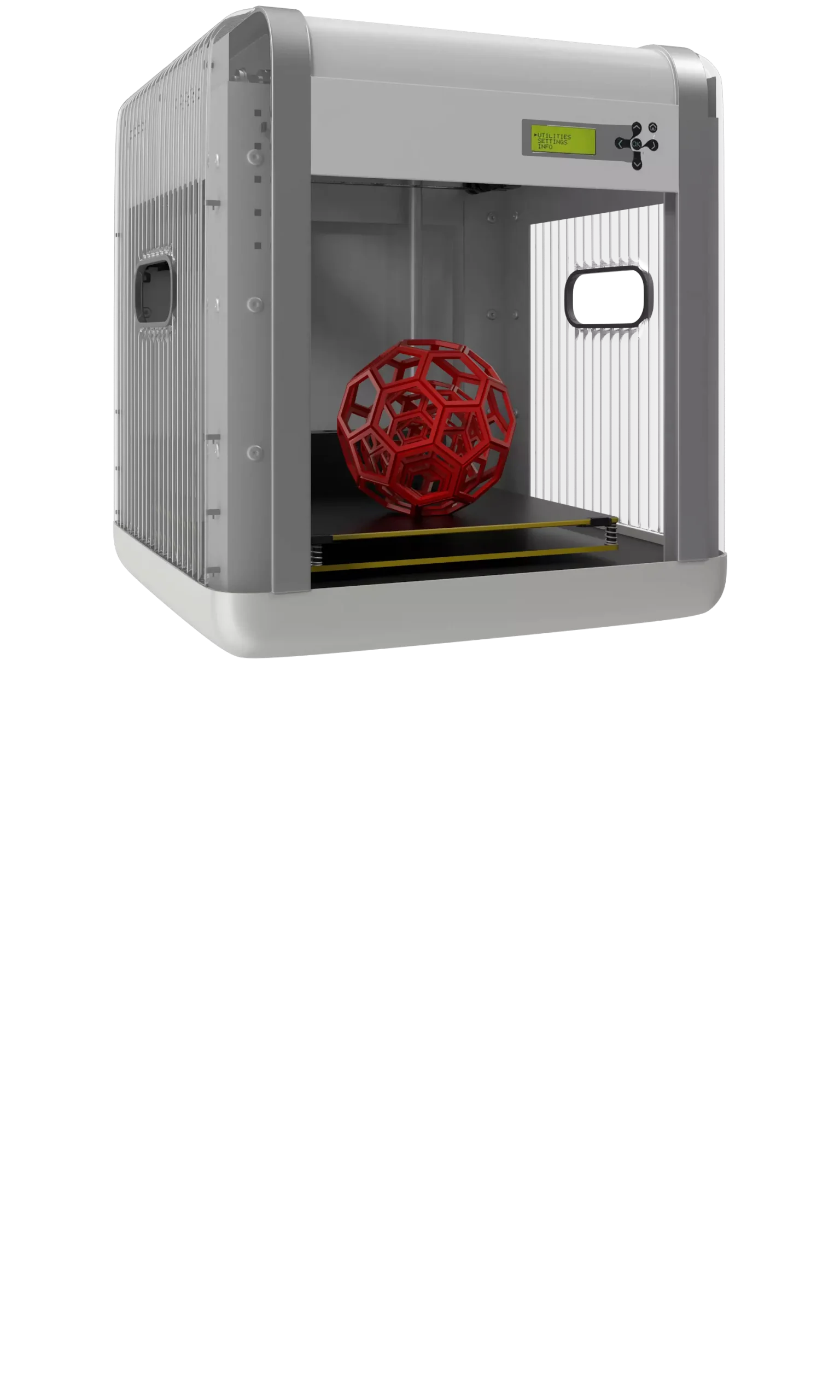
3D Printing
3D Printing
“3D printing” is a process carried out by an electronic device which, instead of resorting to the canonical ink, it molds almost any kind of material: from concrete to living tissue, most usually plastic, but also metal. And the operating principle is similar to that of a traditional printer. The creation of three-dimensional models can lead to the redesign of a company’s production capabilities.
Dive In
5G
5G
5G is the new frontier of cellular telephony. It was designed to improve (or completely replace) previous generations of mobile networks. The 5th generation features lower latency, ensuring flawless performance of business applications and many other digital experiences – thus enabling the new cultural generations to furiously play Fortnite away from home.
Dive In
Advanced Analytics
Advanced Analytics
The term “Advanced Analytics” refers to the ability to autonomously or semi-autonomously analyze data and content to identify correlations, develop analyses, predictions, and recommendations. It is not just a matter of collecting information and then organizing it into watertight compartments: the ultimate goal is to identify a dialogue pattern from a data-driven perspective.
Dive In
Agile
Agile
Agile is an approach to software development designed to respond to change. Teams quickly analyze the context in which they operate, identify uncertainties faced, and figure out how to adapt to always move forward. Interaction between individuals comes before processes and tools; collaboration with the customer is more important than negotiating contracts.
Dive In
Ansoff Matrix
Ansoff Matrix
The Ansoff Matrix is a marketing planning model that arises from the intersection of new and existing products and markets. It derives four possible strategies for expanding the company’s market, which are built around four variables with a changeable factor of risks and possibilities: existing product, new product, existing market, new market.
Dive In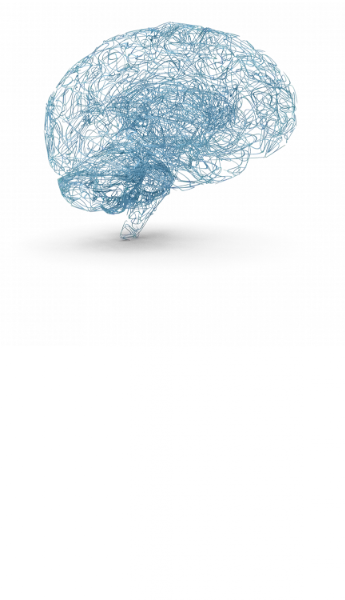
Artificial Intelligence
Artificial Intelligence
Artificial Intelligence is not strictly defined. Basically, it is a computer system able to make decisions in an independent and flexible way. A good AI application can perform everyday tasks better than an average person (e.g., identifying other people from their photos on social media or beating the best chess player). Nothing to fear, then. Unless you are a chess champion.
Dive In
Artificial Scarcity
Artificial Scarcity
We often tend to desire what we cannot have. Or what we are in danger of losing: Artificial Scarcity is a strategy that flaunts a limited number of items that do not correspond to actual availability. The goal is to stimulate the perception in consumers that the stock of items is about to run out and thus create a need based on the “fear of being cut off” or the intention to buy the item in order to resell it at a higher price.
Dive In
Attack Surface
Attack Surface
The term attack surface refers to the part of a system that may be subject to attack or breach by hackers. The smaller that surface is, the easier it will be to protect it. Indeed, the Internet is an ocean of deep, dark waters: those who navigate it must be aware that they are exposing themselves to a flood of digital risks. Yet, ironically, we do not need a big boat to shelter us.
Dive In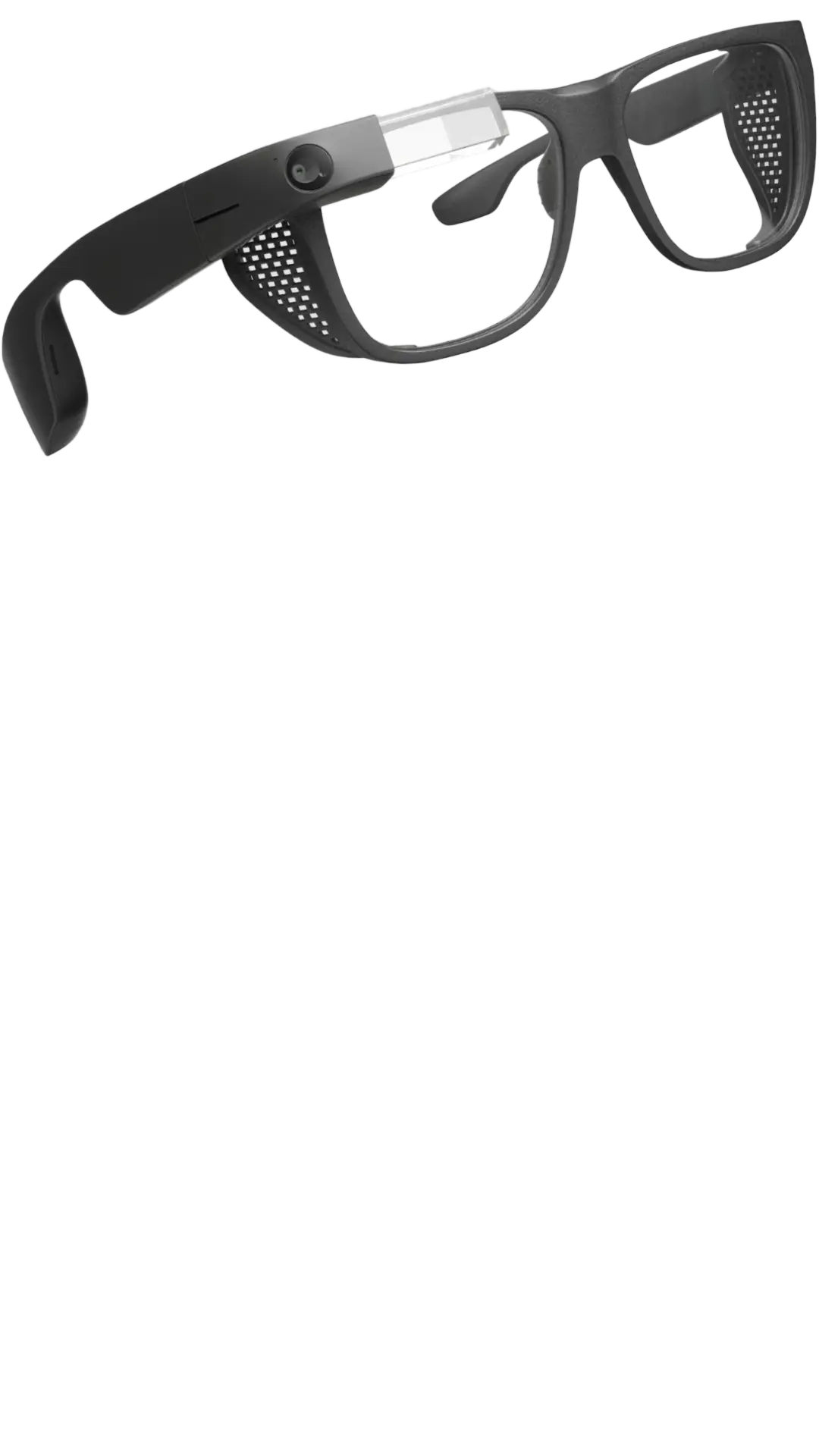
Augmented Reality
Augmented Reality
Augmented Reality is an ever-evolving technology that overlays multimedia information on top of our common sensory horizon to gain a deeper understanding of our surroundings. No, it doesn’t allow you to step out of the Matrix dream simulation, nor can it be accessed by swallowing a red pill. But neither is it the disturbing experience of the Playtest episode of Black Mirror.
Dive In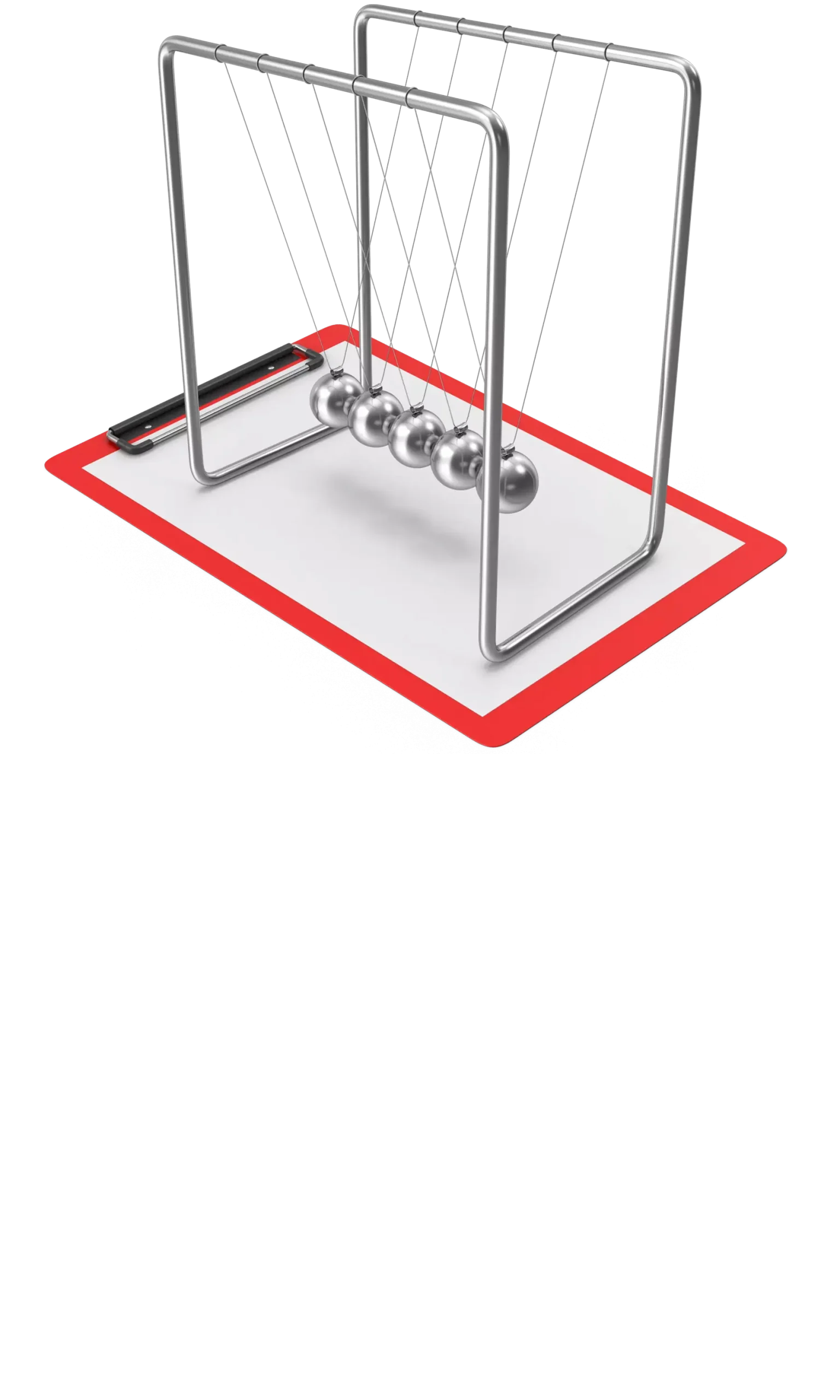
Balanced Scorecard
Balanced Scorecard
In business, as in life, you need balance. The Balanced Scorecard is a holistic tool for strategic management. It offers, in fact, the possibility of assessing corporate performance in its wholeness. An overview that embraces four perspectives: the business/financial side, customers and stakeholders, internal processes, and learning and growth.
Dive In